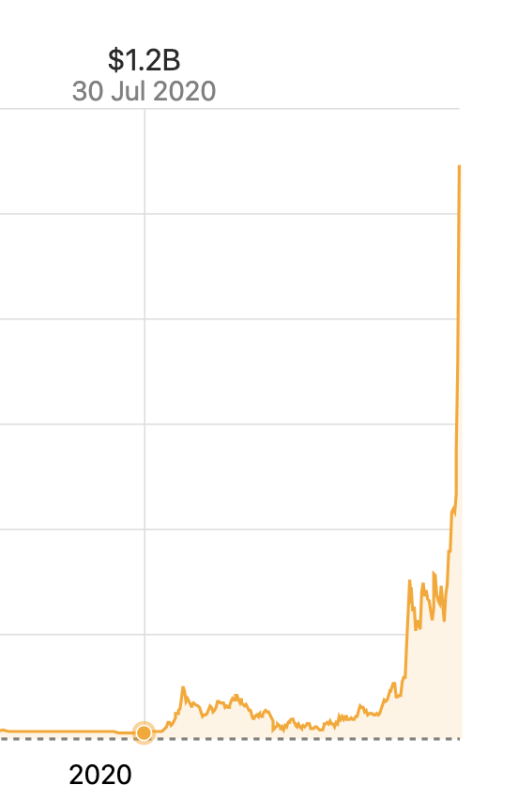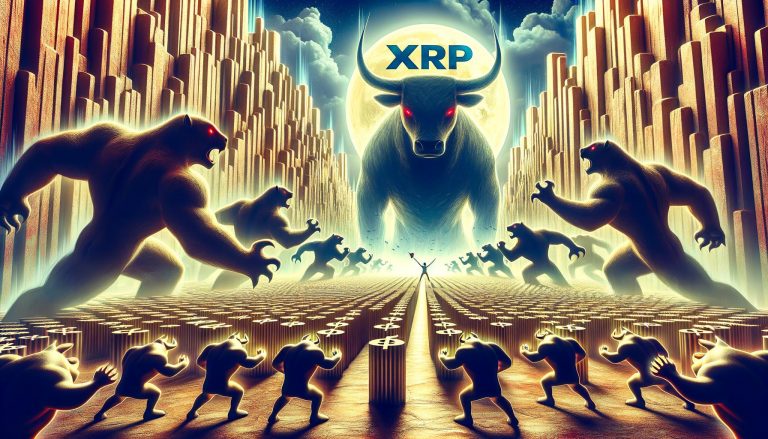
Today, MicroStrategy (MSTR) surpassed a $100 billion market cap to become the 93rd largest publicly-traded company in the U.S.
At the time of writing, MSTR has done more trading volume than both stock giants Tesla and Nvidia today, and has traditional stock traders like the Wall Street Bets community losing their minds.
Wow $MSTR is the most traded stock in America today.. to best $TSLA and $NVDA is crazy. It's been years since a stock has traded more than one of those two (it may have actually been $GME to last do it). It's also about double $SPY! Wild times.. pic.twitter.com/bUr8nycMX3
— Eric Balchunas (@EricBalchunas) November 20, 2024
This is absolutely mindblowing considering MicroStrategy was a mere $1 billion company when it first bought bitcoin for its treasury about four and a half years ago.

The big question I’m asking myself is, how and when does this end? Assuming MSTR continues to pump until the peak of this bull market, it’s anyone’s guess on how high MSTR may go.
But how hard will it crash in the bear market, considering it is essentially a leveraged trade on bitcoin? Dare I even suggest that this time may be different, and that the downside of the next bitcoin bear market won’t be as brutal as the 70%+ corrections we’re historically used to seeing?
Even with the spot bitcoin ETFs, and the notion that the US may lead the charge of nation states buying up mass amounts of bitcoin, I’m still not convinced that we don’t eventually see a massive downturn in bitcoin’s price. And I’m mentally preparing for a normal bitcoin bear market to commence after this bull market finishes sometime in the next year or so.
But back to MSTR — Michael Saylor has thus far proven that the Bitcoin for Corporations strategy works in stunning fashion. Public companies have been coming out of the woodwork this past week announcing that they’ve purchased bitcoin for their balance sheet or plan to do so, and it seems this trend will continue as the CEO of Rumble asked his X audience if he should add BTC to their balance sheet (almost 94% of his 42,522 voters voted “yes”).
Lets put this in a poll format…
Should Rumble add Bitcoin to its balance sheet?
— Chris Pavlovski (@chrispavlovski) November 19, 2024
Michael Saylor even offered to help explain how and why Rumble should adopt a corporate BTC strategy.
Institutional bitcoin adoption is here and it’s only going to grow for the foreseeable future. As companies figure out the logic behind adopting bitcoin as a strategic reserve asset, the number of publicly-traded companies that adopt this strategy is going to explode.
Companies that add bitcoin to their balance sheet will rise above most other companies — even top big tech giants — in terms of trading volume, as MicroStrategy has, until all companies add bitcoin to their balance sheet. I try to put myself in the shoes of a trader, with knowledge on Bitcoin and think to myself, “Why on earth would I buy any company’s stock if they don’t have bitcoin on their balance sheet?” I wouldn’t — it would be way too boring.
Putting BTC on the balance sheet helps create volatility, and therefore opportunity for stock traders, which is good for the traders, stock price, and company overall. If you are a publicly-traded company, it is a no brainer to adopt bitcoin as a treasury reserve asset.
This article is a Take. Opinions expressed are entirely the author’s and do not necessarily reflect those of BTC Inc or Bitcoin Magazine.



























+ There are no comments
Add yours